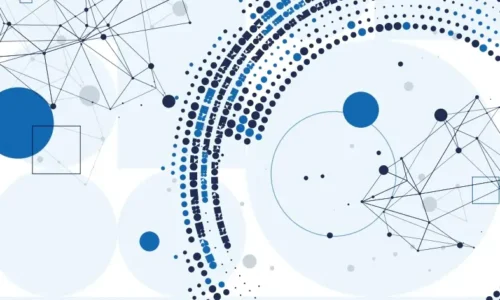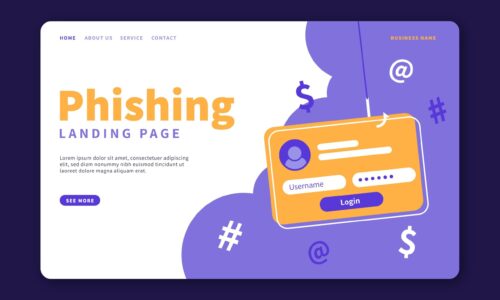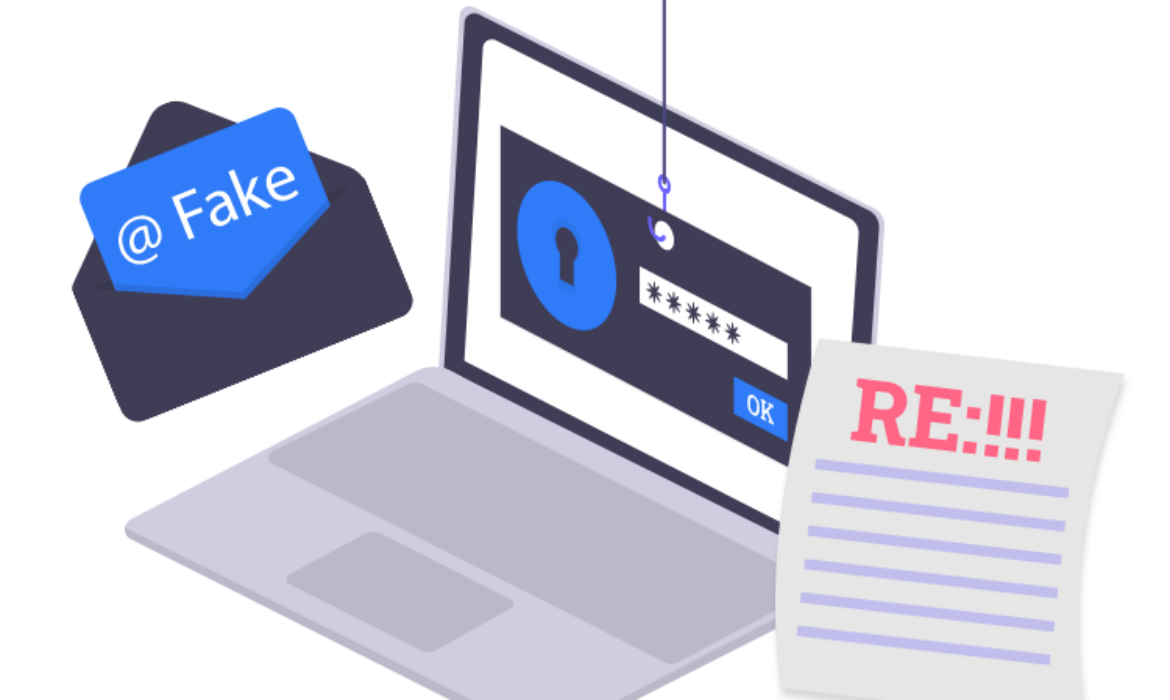
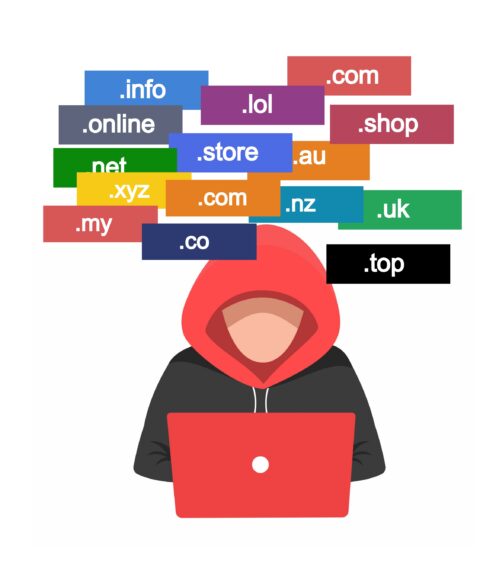
The introduction of new generic top-level domains (gTLDs) was intended to create a more diverse and flexible internet landscape, offering greater options for internet users. However, the reality has shown that these new gTLDs have inadvertently contributed to a less safe internet.
A recent study by Interisle Consulting Group looking at the scope and distribution of phishing across Top Level Domains (TLDs) covering the period from May 2023 to April 2024 revealed a concerning rise in the number of domain names registered for phishing attacks. During this period, 878,111 domains were maliciously registered for phishing, marking an over 21% increase from the 725,520 domains registered from May 2022 to April 2023.
New gTLDs, despite holding only a 10% market share, accounted for a staggering 42% of the phishing domains reported during the study period. This is a significant increase from the previous year when new gTLDs held an 8% market share but were responsible for 25% of phishing domains. This disproportionate share indicates that new gTLDs are more prone to abuse by malicious actors compared to traditional gTLDs.
New gTLDs, despite holding only a 10% market share, accounted for a staggering 42% of the phishing domains reported during the study period.
INTERISLE CONSULTING GROUP
Phishing Landscape 2024
Inherent Vulnerabilities in New gTLDs
The surge in phishing activities within new gTLDs suggests inherent vulnerabilities. These domains often have lower registration costs and less stringent oversight, making them attractive targets for cybercriminals. The promise of innovation and flexibility has, unfortunately, been overshadowed by these security shortcomings, making new gTLDs a fertile ground for phishing schemes.
The proliferation of phishing domains within new gTLDs undermines user trust in these domains. As users encounter more fraudulent activities, their perception of the safety and reliability of new gTLDs diminishes. This erosion of trust not only impacts individual users but also businesses and organisations that rely on these domains for legitimate purposes.
Challenges in Enforcement and Regulation
The rapid expansion of new gTLDs has outpaced the development of adequate regulatory and enforcement mechanisms. Cybercriminals exploit these regulatory gaps, registering domains with malicious intent and swiftly launching phishing campaigns. The reactive nature of current enforcement efforts is insufficient to keep pace with the evolving tactics of these malicious actors.
While new gTLDs were introduced with the intention of expanding the internet’s versatility and accessibility, they have inadvertently contributed to a less secure online environment. The significant rise in phishing attacks and the disproportionate abuse of new gTLDs highlight the need for more stringent oversight, robust security measures, and enhanced user education to mitigate these risks. Without these improvements, the promise of new gTLDs will continue to be overshadowed by the growing threats they pose to internet safety.
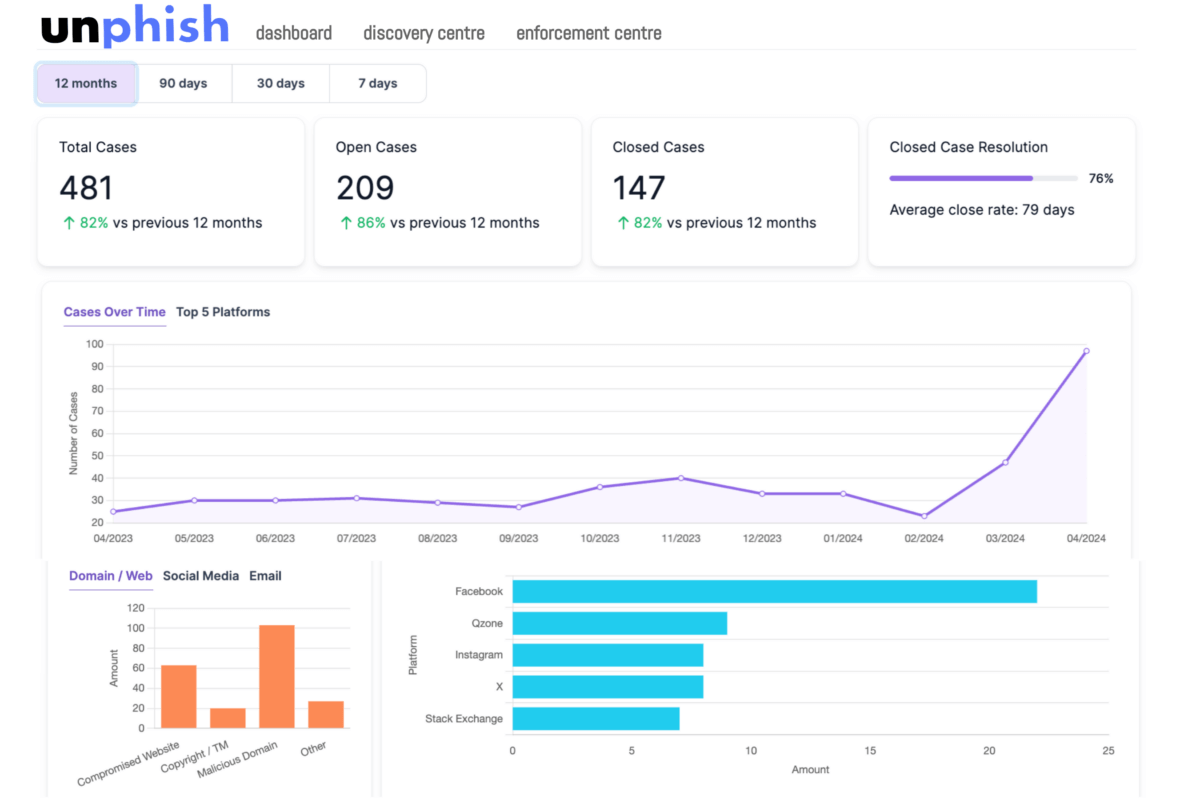
Remove Phishing Content Quickly and Effortlessly with Unphish
Sign up for early access to Unphish Beta and experience best in class takedown service
Do we restrict new gTLD applications to brands and special interest groups?
With the announcement of a new round of gTLDs for 2026, it is crucial to reconsider the approach to the allocation and management of these domains. The open registration model for new gTLDs has demonstrably led to increased security risks, particularly a significant rise in phishing attacks. By limiting new gTLDs to verified brands and industry groups, we can substantially reduce the potential for abuse. Brands and industry groups have a vested interest in maintaining their reputation and ensuring their domains are secure, leading to a safer and more trustworthy internet.
Managing open new gTLDs has proven challenging due to the sheer volume and diversity of registrants. Restricting new gTLDs to specific, verified entities would enable more stringent oversight and more effective enforcement mechanisms. This targeted approach would make it easier to monitor compliance and quickly address any instances of misuse. Furthermore, it would enhance the user experience by providing clear, reliable, and easily recognisable domain names, allowing users to navigate the internet with greater confidence.
Special interest groups and industry sectors can also benefit from having dedicated gTLDs that reflect their unique identities and purposes. These groups can use specific domain names to foster community engagement, promote industry standards, and facilitate specialised content, adding value without the widespread risks associated with open registrations. Ultimately, restricting new gTLDs to brands and industry groups would retain the benefits of gTLD expansion while mitigating the risks, ensuring a safer, more trustworthy, and better-organised internet for all users.
About brandsec
brandsec is a team of highly experienced domain name management and online brand protection experts. We provide corporate domain name management and brand enforcement services, helping brands eliminate phishing platforms across the internet. Supporting some of the largest brands in the region, we offer innovative solutions to combat threats across multiple industries.

